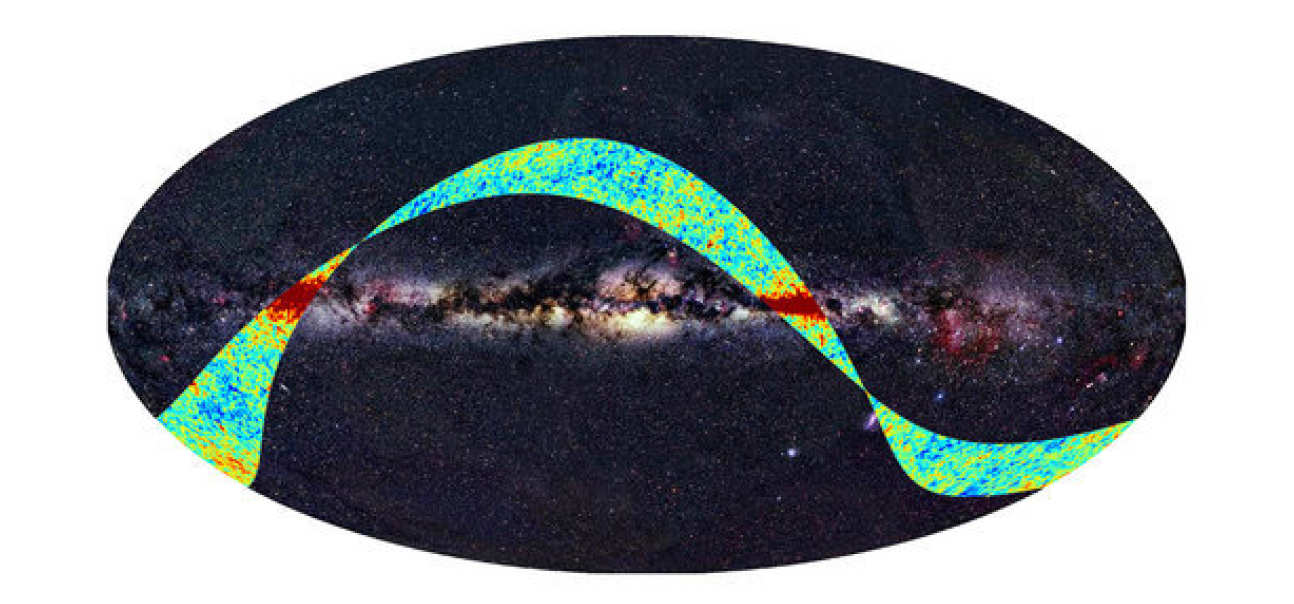Planck is a European Space Agency satellite, launched in May, 2009 from the ESA Spaceport in French Guyana, to map the Cosmic Microwave Background and other astrophysical and cosmological sources of radiation over a frequency range of 30 GHz to 850 GHz with the highest sensitivity and resolution ever achieved.
The London Planck Analysis Centre at Imperial is responsible for the crucial task of determining the geometry of Planck's focal plane -- where its detectors are pointing and with exactly what resolution. Only with these measurements can Planck be properly calibrated and its results compared with cosmological theories. After such calibration, Imperial scientists will be involved with a wide variety of scientific projects, including:
- Determining the overall cosmological parameters of the Universe in the Big Bang model
- Measuring the global topology of the Universe
- Using the synergy between Planck and Herschel to build a model for the formation and evolution of galaxies
- Using Planck's observations of Clusters of galaxies as probes of structure formation and evolution
Planck's first light images were released in September:

Other Planck resources: